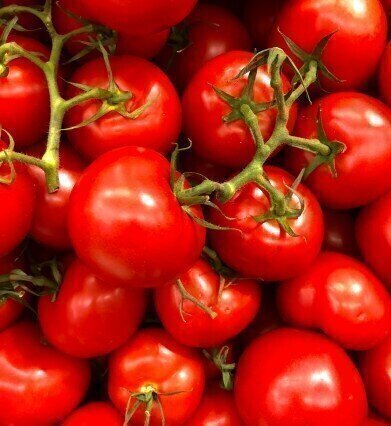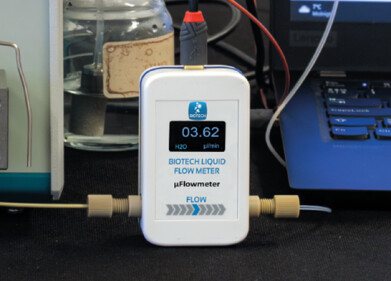HPLC, UHPLC
Chromatography Explores How to Get the Most Lycopene from Tomatoes
Aug 04 2020
It is an age-old question – fruit or vegetable. Just what are tomatoes. Scientifically and botanically, the answer is fruit, but most people consider them a vegetable. In all honesty, for 99% of the population the answer does not matter. All that matters are the taste and health benefits we get from eating tomatoes.
Some of the health benefits that we get from tomatoes are due to the presence of the carotenoid lycopene. A study by scientists in Poland has evaluated the content of lycopene in fresh and dried tomatoes, and in tomato paste. The research published in the journal Open Chemistry evaluated the lycopene content using high-performance liquid chromatography (HPLC). But what is lycopene and how can it benefit us?
Lycopene – a major dietary carotenoid
Lycopene is a natural compound, a bright red carotenoid hydrocarbon that is found in tomatoes and other red fruit and vegetables such as watermelons and grapefruit. Carotenoids are compounds that give colours such as red, orange, and yellow to many plants and their fruit. Although lycopene is a carotenoid, it has no vitamin A activity unlike the carotenoid’s alpha- and beta-carotene.
Tomatoes have the highest concentration of lycopene – with tomato ketchup recognised as a dietary source of lycopene. Lycopene’s health benefits come from its ability to act as an antioxidant in the body. Antioxidants can protect the body from the effects of free radicals which can affect DNA and other cell structures. Mopping up free radicals can help to protect the body against some diseases and helps to keep our bones and eyesight healthy. Lycopene has also been linked to factors that can help to reduce our cancer risk.
Tomatoes in August for peak health
In the paper referenced above, the researchers suggest that more than 80% of dietary lycopene is derived from processed tomato products including ketchup, tomato juice and sauces found in spaghetti and on pizzas. During the processing of tomatoes, the main residue called tomato pomace can be an important by-product and source of lycopene, along with beta-carotene, phenolic acids, and flavonoids.
The researchers analysed the lycopene content in dried and fresh tomatoes, tomato paste and tomato pomace. They used HPLC to analyse the lycopene content after lycopene was extracted from the samples. The use of HPLC to analyse samples is discussed in the article, Practical Considerations for High-Throughput Chiral Screening in HPLC and SFC with 3- and Sub-2-µm Particle-Packed Columns.
The team found seasonal differences in lycopene between fresh tomatoes harvested in August and September. The highest concentration of lycopene was found in tomato paste which had 1827% more lycopene than freshly harvested tomatoes. The seasonal differences were seen in dried tomatoes and tomato paste – pick your tomatoes in August.
Digital Edition
Chromatography Today - Buyers' Guide 2022
October 2023
In This Edition Modern & Practical Applications - Accelerating ADC Development with Mass Spectrometry - Implementing High-Resolution Ion Mobility into Peptide Mapping Workflows Chromatogr...
View all digital editions
Events
ACS National Meeting - Fall 2024
Aug 18 2024 Denver, CO, USA
Sep 04 2024 Chiba, Tokyo, Japan
Sep 04 2024 University of Warwick, Coventry, UK
Sep 10 2024 Rockville, MD, USA
Plastics Recycling World Expo Europe
Sep 11 2024 Brussels, Belgium














